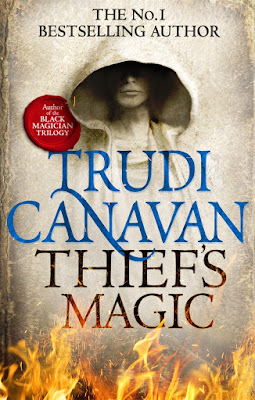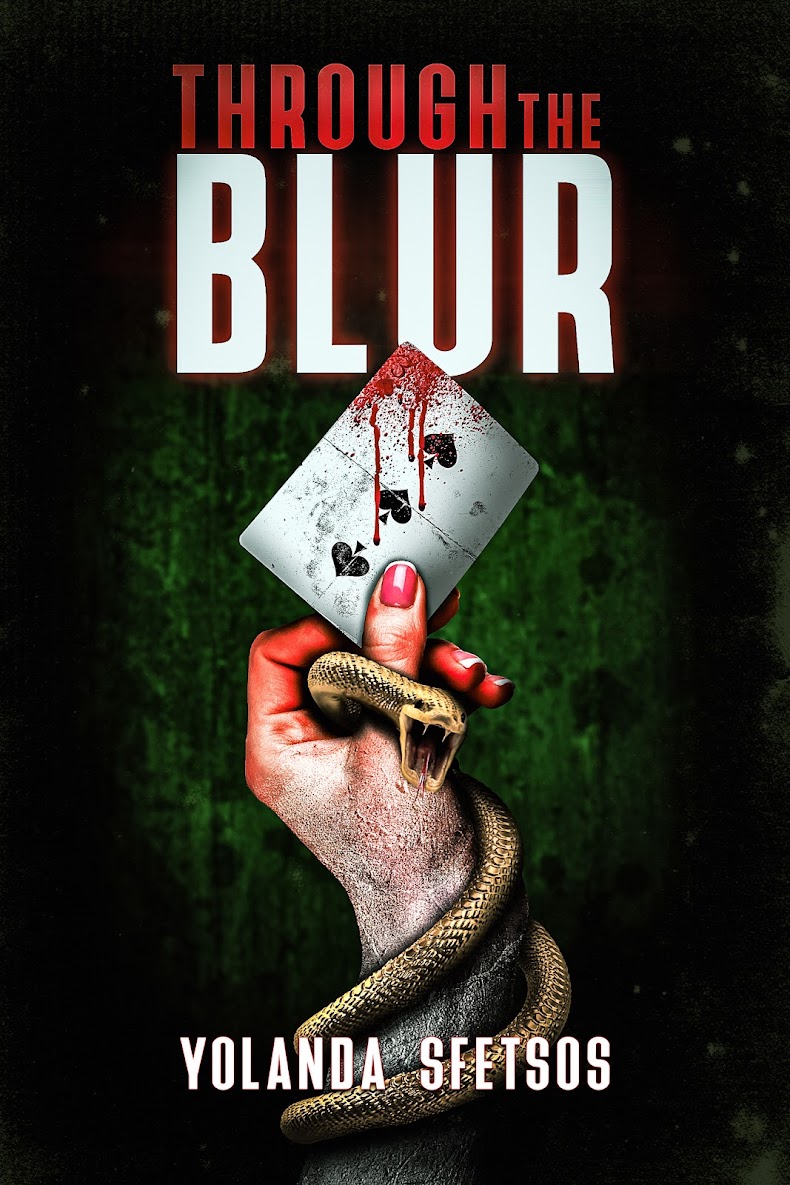Q&A WITH TRUDI:
1)
Why Fantasy?
I’ve always been
fascinated by stories in which people could do impossible things. As a child I
loved fairytales and myths, and I was always attracted to childrens books with
‘magic’ in them. I suspect I was always that child who constantly asked, “But what
if…?” Then when I was eight I saw Star Wars and I decided I wanted to make
movies when I grew up. Movies with something like The Force in them. I declared
this to an adult – probably my favourite teacher – who told me that I should
write my ideas down.
Six years later I read The
Lord of the Rings and realised that what I really wanted to do was write about
magic, and I’ve been doing so ever since.
2)
When you're busy writing, what
is your 'writer uniform'?
Anything but pajamas!
Though whatever I wear has to be comfortable, it can be as relaxed as tracksuit
pants through to a nice skirt or dress. It often depends on what else I’m doing
that day. If I’m leaving the house it’s definitely not going to be tracksuit
pants, but if I’m planning to work in the garden it might be.
3)
The idea of a sentient book is
intriguing, where did it come from?
Long ago I had a
conversation with some other writers about whether you can write an exciting
story with a character who is constrained to one place – or even has no body.
I’ve wanted to explore that idea ever since, but my initial plan was to have a
character imprisoned somewhere but with a magical spy glass so they can observe
the world. With Vella, the sentient book, I’ve done the opposite: she has no
body but she can move around with the help of a whole person.
4)
I noticed that you wrote a
Doctor Who novella, so who's your favourite Doctor?
Yes! It was absolute treat
to write it! My favourite was always Tom Baker, because he was the Doctor I
associated with the show as a child, but after having written Salt of the Earth
I’m torn between him and Jon Pertwee. And I allow myself to have a ‘new doctor’
favourite: Matt Smith.
5)
Are you a Plotter or a Pantser?
A Plotter to the
extreme! I not only write out a detailed outline of a books plot before I
start, but if I have multiple point of view characters I’ll create a
spreadsheet to track how their subplots align, and when I come to write a scene
I’ll write a short outline of it so I am sure it’s going to work. Part of the
reason is I have RSI and don’t want to be typing any more than I have to. The
other part is that I find the anticipation of a coming pivotal scene keeps me
excited and inspired during the necessary lead-up chapters.
Though I do
allow some roominess in the plot for playing with the story. Sometimes my
outline simply says “something causes them to run into each other” or “around
about now war is declared”. And every now and then I’ll have a brilliant idea
and change the plot a little to incorporate it. But the endings of my books
have always been set in stone before I begin.
Thanks for the
questions! And for hosting my blog tour.
Thanks for answering my questions, Trudi. Loved your responses!
THE BOOK:
International No.1 bestselling author Trudi Canavan returns with her most powerful and thrilling adventure yet.
In a world where an industrial revolution is powered by magic, Tyen, a student of archaeology, unearths a sentient book called Vella. Once a young sorcerer-bookbinder, Vella was transformed into a useful tool by one of the greatest sorcerers of history. Since then she has been collecting information, including a vital clue to the disaster Tyen's world faces.
a Rafflecopter giveaway
Elsewhere, in a land ruled by the priests, Rielle the dyer's daughter has been taught that to use magic is to steal from the Angels. Yet she knows she has a talent for it, and that there is a corrupter in the city willing to teach her how to use it - should she dare to risk the Angels' wrath.
If you'd like to find out more, visit Hachette Australia!
























No comments:
Post a Comment